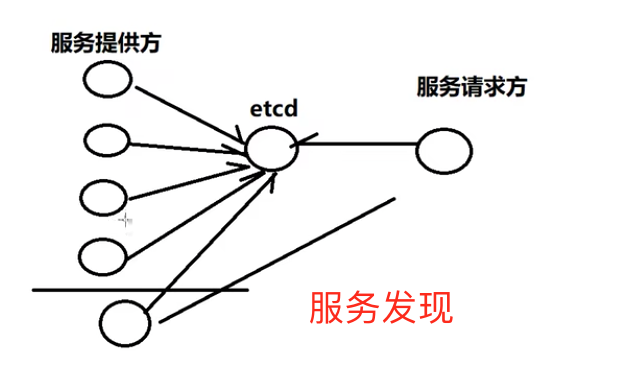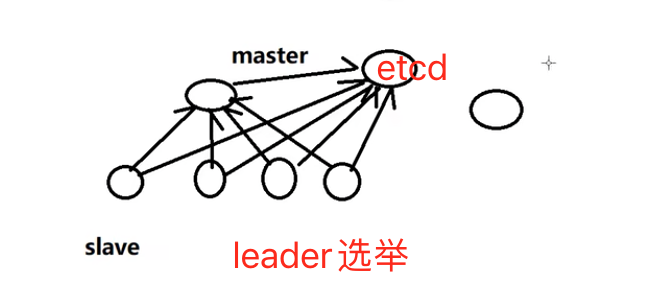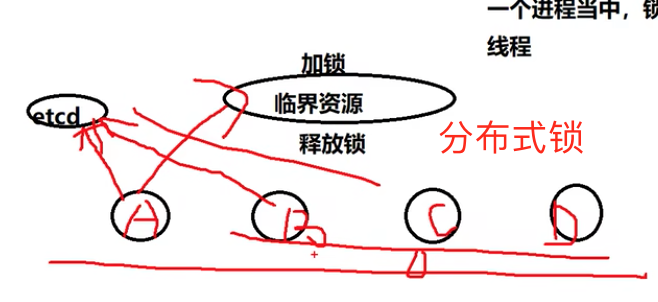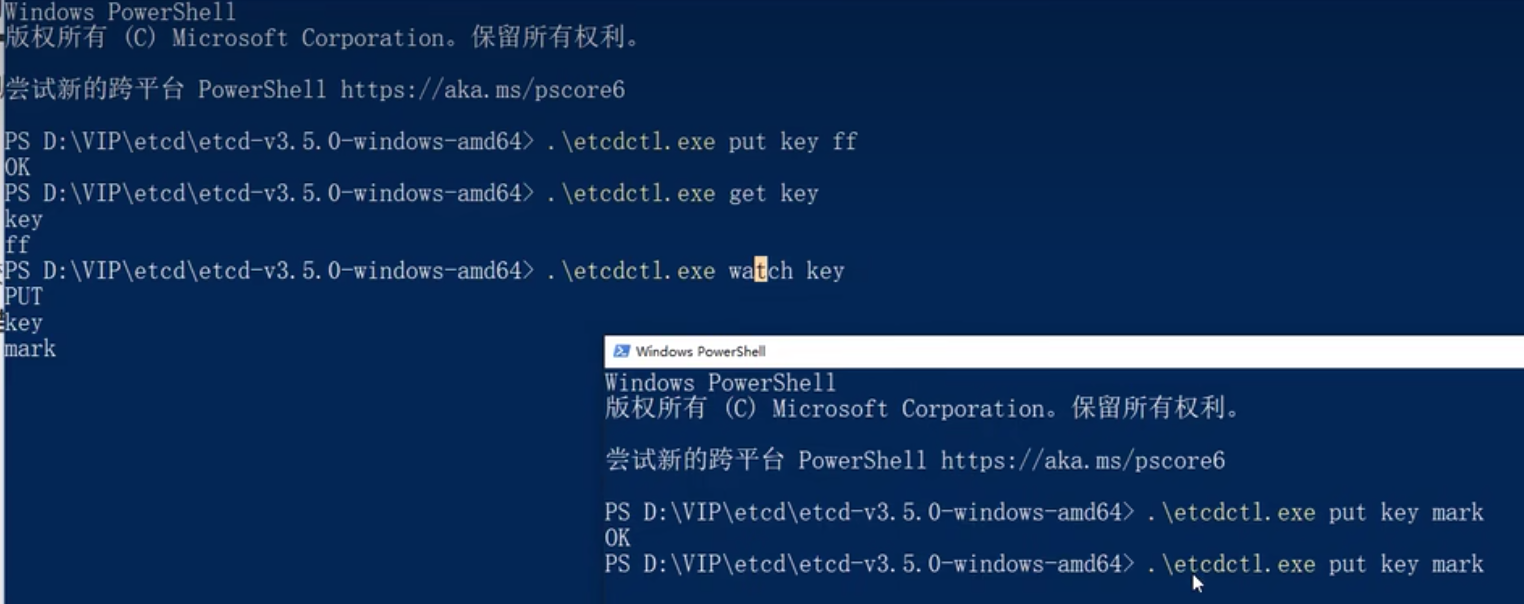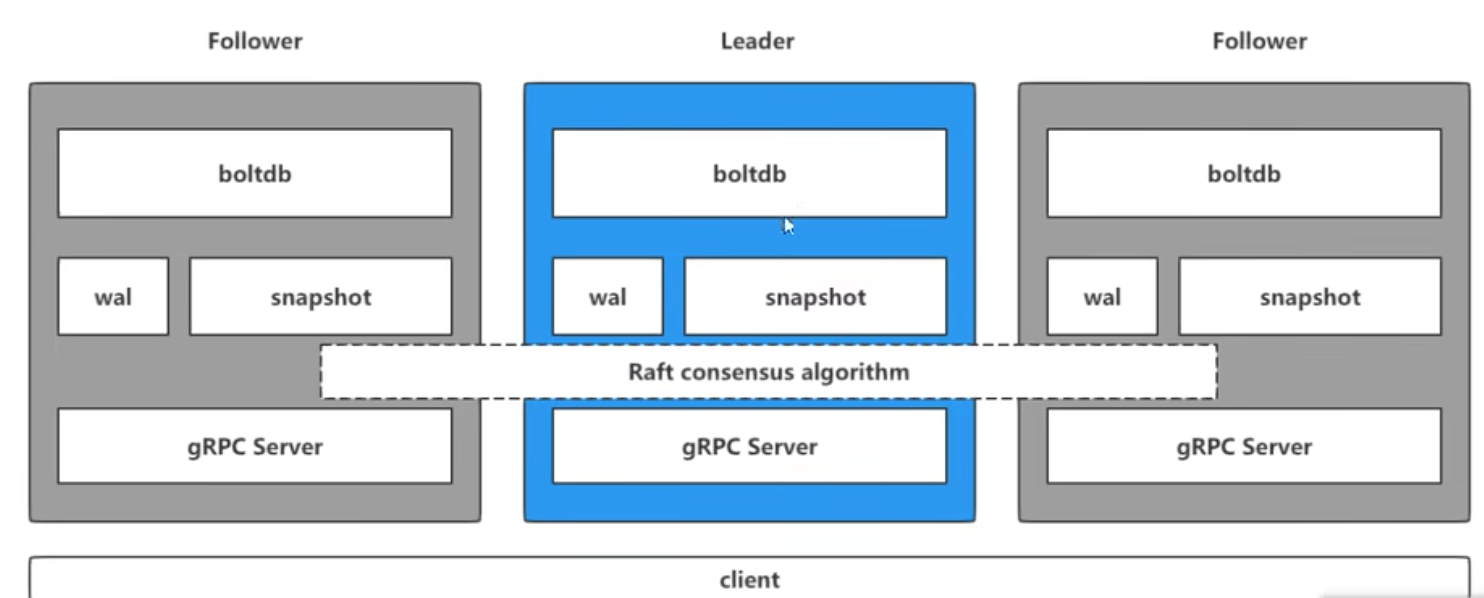基类与派生类的关系:
派生类对象可以使用基类的方法,条件是方法不是私有的。
基类指针可以在不进行显示类型转换的情况下指向派生类对象。
基类引用可以在不进行显示类型转换的情况下引用派生类对象。
C++有三种继承关系:公有继承、保护继承和私有继承。
公有继承是最常用的方式,它建立一种is-a关系,即派生类对象也是一个基类对象,可以对基类对象执行任何操作,也可以对派生类对象执行。注意:is-a关系通常是不可逆的,也就是说,水果不是香蕉。公有继承不能建立has-a、is-like-a、is-implemented-as-a、uses-a关系。
多态公有继承:在派生类中重新定义基类方法。使用虚方法virtual,该关键字只出现在方法原型中。
访问控制protected:关键字protected与private相似,在类外只能用公有类成员来访问protected部分中的类成员。protected与private的区别只有在基类派生的类中才能表现出来。派生类的成员可以直接访问基类的保护成员,但不能访问基类的私有成员。
1 2 3 4 5 6 7 8 9 10 11 12 13 14 15 16 17 18 19 class TheOnlyInstance { public : static TheOnlyInstance * GetTheOnlyInstance () protected : TheOnlyInstance () {} } TheOnlyInstance* TheOnlyInstance::GetTheOnlyInstance () static TheOnlyInstance objTheOnlyInstance; return &objTheOnlyInstance; } int main () TheOnlyInstance noCanDo; TheOnlyInstance * pTheOnlyInstance = TheOnlyInstance::GetTheOnlyInstance (); }
使用私有继承,基类的公有成员和保护成员都将成为派生类的私有成员。这意味着基类方法将不会成为派生类公有接口的一部分,但可以在派生类的成员函数中使用它们。这种不完全继承是has-a关系的一部分,其特性与包含相同。
1 2 3 4 const string & Student::Name () const return (const string &) *this ; }
用类名显示地限定函数名不适合于友元函数,这是因为友元不属于类。不过可以显式的转换为基类来调用正确的函数。另一方面,如果不使用类型转换,由于使用的多重继承,编译器将无法确定转换成哪个基类。<例子>
1 2 3 4 5 ostream & operator (ostream & os, const Student & stu) os << "Scores for " << (const string &) stu << ":\n" ; ... }
私有继承所提供的特性比包含多,但会引发许多问题。
保护继承是私有继承的变体。基类的公有成员和保护成员都将成为派生类的保护成员,与私有不同,第三代的派生类能使用保护成员。
如果使用指向对象的引用或指针来调用虚方法,程序将使用为对象类型定义的方法,而不使用为引用或指针类型定义的方法。这称为动态联编或晚期联编。
编译器处理虚函数的方法:给每个对象添加一个隐藏成员,隐藏成员中保存了一个指向函数地址数组的指针,这种数组称为虚函数表。
1 2 Base* ptr = new Derived; ptr->foo ();
虚函数指针会不会变,什么时候初始化,在析构里会不会变,析构函数能访问虚函数吗?
抽象基类:当类声明中包含纯虚函数时,则不能创建该类的对象。要真正的成为抽象基类,则至少应包含一个纯虚函数。原型中的=0使虚函数成为纯虚函数。C++允许纯虚函数有定义,也可以不定义。纯虚方法是定义派生类的通用接口。
如果基类派生类都使用动态内存分配,则必须为派生类定义显式析构函数、复制构造函数和赋值操作符,也就是说,必须使用相应的基类方法处理基类元素。
1 2 3 4 5 6 7 8 9 10 11 12 13 14 15 16 17 class hasDMA : public baseDMA{ private : char * style; public :... }; hasDMA & hasDMA::operator =(const hasDMA & hs) { if (this == &hs) return *this ; baseDMA::operator =(hs); style = new char [std::strlen (hs.style) + 1 ]; std::strcpy (style, hs.style); return *this ; }
派生类对象的友元函数可以通过基类的友元函数访问基类的成员,由于友元不是成员函数,友元函数不能继承,不能使用作用预解析符,所以可以相应类强制类型转换选择正确的函数。<例子>
1 2 3 4 5 6 7 std::ostream & operator <<(std::ostream & os, const hasDMA & hs) { os << (const baseDMA &)hs; os << "Style: " << hs.style << std::endl; return os; }
通常,包含、私有继承和保护继承用于实现has-a关系,即新的类将包含另一个类的对象。
包含对象成员的类:使用公有继承时,类可以继承接口,可能还有实现。获得接口是is-a关系的组成部分,而使用组合,类可以获得实现,但不能获得接口。不继承接口是has-a关系的组成部分。
对比私有继承:
对于has-a关系来说,类对象不能自动获得被包含对象的接口是一件好事。例如,string类将+操作符重载为将两个字符串连接起来;但从概念上说,将两个Student对象串接起来是没有意义的。<例子>
1 2 3 4 5 6 7 double Student::Average () const if (scores.size () > 0 ) return scores.sum () / scores.size (); else return 0 ; }
私有辅助方法:
1 2 3 4 5 6 7 8 9 10 11 12 13 14 15 16 17 18 #=> 位于private ostream & Student::arr_out (ostream & os) const { int i; int lim = scores.size (); if (lim > 0 ) { for (i = 0 ; i < lim; i++) { os << scores[i] << " " ; if (i % 5 != 0 ) os << endl; } } else os << " empty array " ; return os; }
使用using重新定义访问权限:
方法一是定义一个使用该基类方法的派生类方法。
1 2 3 4 double Student::sum () const return std::valarray<double >::sum (); }
另一种方法是,将函数调用包装在另一个函数调用中,即使用一个using声明(将像名称空间那样)来指出派生类可以使用的特定的基类成员,即使使用的是私有派生。注意:using 声明只使用成员名——没有圆括号、函数特征标和返回类型。using声明只适合继承,而不适用于包含。
1 2 3 4 5 6 7 8 class Student : private std::string, private std::valarray<double >{ ... public : using std::valarray<double >::min; using std::valarray<double >::max; ... }
虚基类:虚基类使得从多个类(它们的基类相同)派生出的对象只继承一个基类对象。例如:通过在类声明中使用关键字virtual, 可以使Worker被用作Singer和Waiter的虚基类
1 2 class Singer : virtual public Worker { ... };class Waiter : public virtual Worker { ... };
可以将SingingWaiter类定义为
1 class SingingWaiter : pulic Singer, public Waiter { ... };
友元类:
当一个类B成为了另外一个类A的“朋友”时,那么类A的私有和保护的数据成员就可以被类B访问。我们就把类B叫做类A的友元。
友元类可以通过自己的方法来访问把它当做朋友的那个类的所有成员。但是我们应该注意的是,我们把类B设置成了类A的友元类,但是这并不会是类A成为类B的友元。说白了就是:甲愿意把甲的秘密告诉乙,但是乙不见得愿意把乙自己的秘密告诉甲。
声明友元类的方法其实很简单,只要我们在类A的成员列表中写下语句:friend class B;这样一来,类B就被声明成了类A的友元。注意,类B虽然是类A的友元,但是两者之间不存在继承关系。这也就是说,友元类和原来那个类之间并没有什么继承关系,也不存在包含或者是被包含的关系。
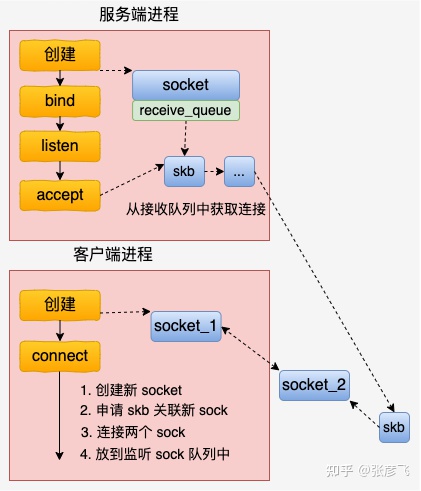

 友元不能是虚函数,只有成员才能是虚函数,但可以让友元函数使用虚拟成员函数。
可以使用数组来表示多种类型的对象,这就是多态性。
友元不能是虚函数,只有成员才能是虚函数,但可以让友元函数使用虚拟成员函数。
可以使用数组来表示多种类型的对象,这就是多态性。




